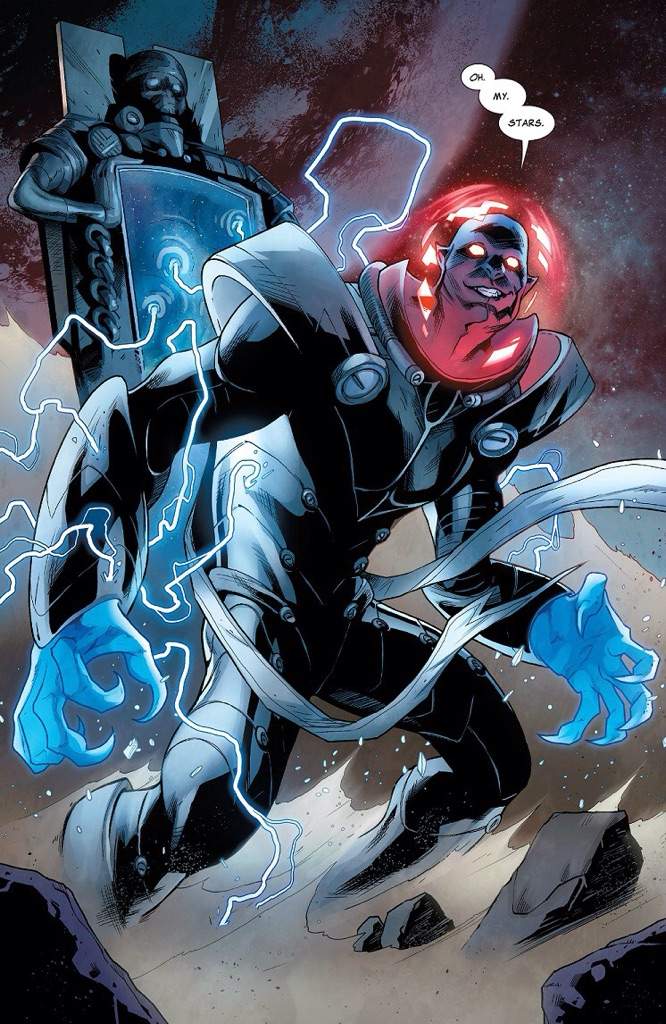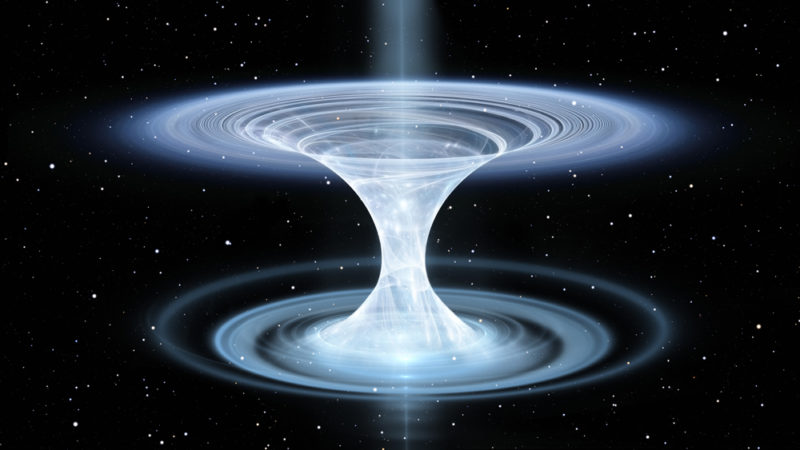

As you will soon find out, winds are very important when talking about the polar vortex, as they are usually the first to show that something in the polar vortex is changing. The stronger winds are typically found in the outer edge, also called “the surf zone”. It is circular in shape, with the temperature dropping quickly towards its inner core. The image below shows a typical example of the high-altitude Polar Vortex at around 30km/18.5miles in the middle Stratosphere during Winter. That is due to the influence of the terrain/mountains and strong pressure systems acting as obstacles in the flow. The lower structure of the polar vortex is much more uneven and disrupted. Its upper (stratospheric) part is more circular and symmetrical as it spins higher above the ground. You can see in the image below what the actual structure of the Polar Vortex looks like.

The vertical axis is greatly enhanced for better visual purposes. We produced a 3-dimensional display of the Polar Vortex, extending from the lower levels into the Stratosphere. It extends from the surface layer far up into the Stratosphere. This causes a strong global pressure difference between the polar and sub-tropical regions, and a large low-pressure (cyclonic) circulation starts to develop across the Northern Hemisphere. The troposphere (blue layer) and the weather are on the bottom, and the Stratosphere (green layer) with the ozone layer above it. You can see the layers of the atmosphere in the image below. This process is the same on the surface and up in the Stratosphere. The polar regions receive little to zero solar energy compared to regions further south, which still receive plenty of sunlight and warmth.īut, as temperature drops over the polar regions, so does the pressure. You can see the winter solstice in the image below. With less solar energy, temperatures begin to drop and seasonal cooling begins over the north pole.īut as the polar temperatures drop, the atmosphere further to the south is still relatively warm as it continues to receive light and energy from the Sun. But first, what is the Polar Vortex, why do we care about it, and why should you?Īs we head into autumn, the polar regions start to receive less sunlight. Such a near-circular shape usually means strong stratospheric circulation. The image below shows one of the strong Polar Vortex events from a few Winters back. But, regardless of strong, weak, or collapsed, it always plays an important weather role.

With a long history of Winter weather impacts over the United States and Europe, it is being closely monitored throughout every fall and Winter.Īs you will see, there are many layers to the Polar Vortex and different weather outcomes it can produce. It began forming as seasonal cooling intensified and will continue to strengthen well into the Winter of 2022/2023. A Polar Vortex is now emerging in the Stratosphere over the North Pole.


 0 kommentar(er)
0 kommentar(er)
